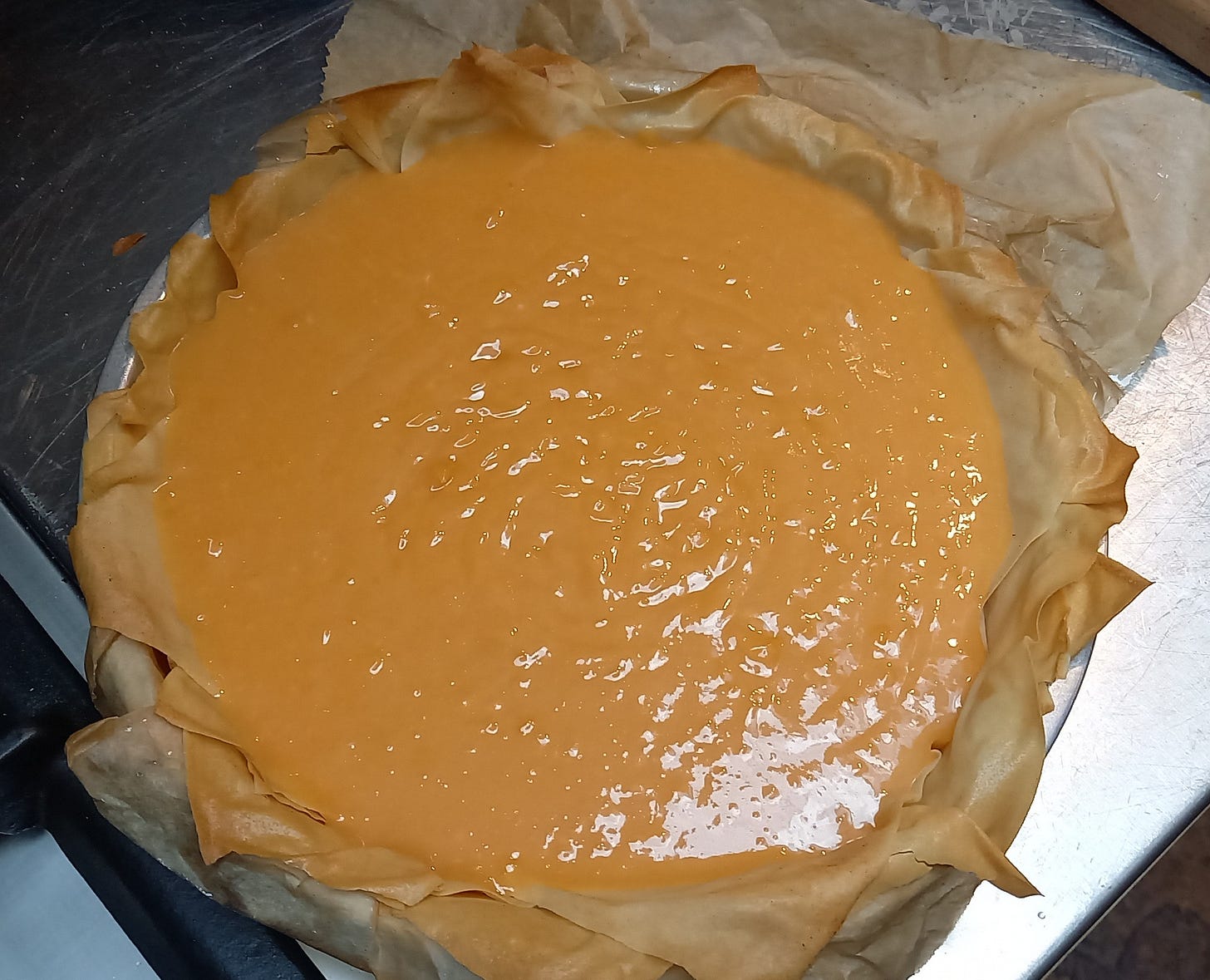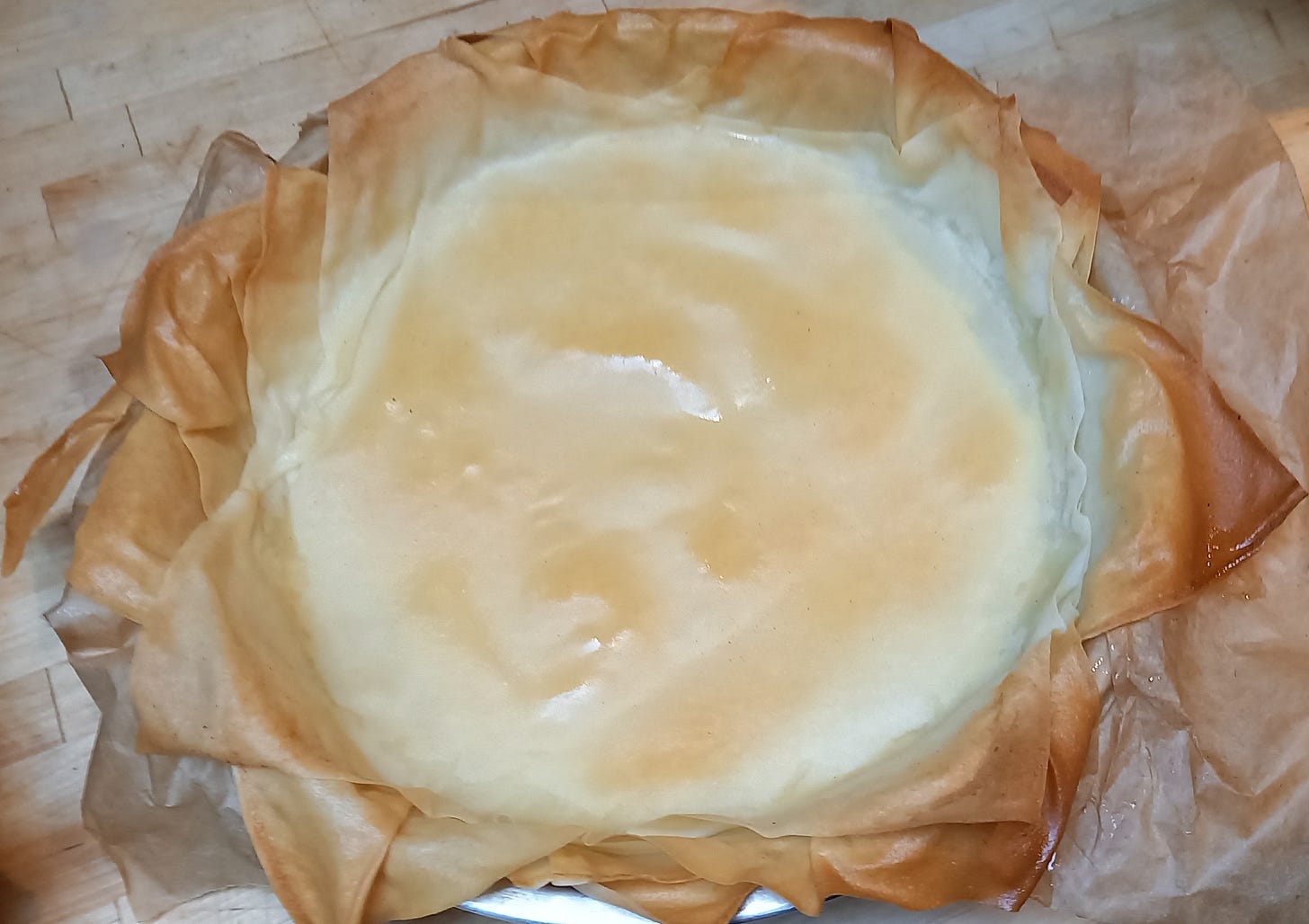
Mint has always seemed to me an odd flavour to enjoy in food. The exception (isn't there always an exception?) is the mint sauce the French are appalled by served with a British roast of lamb. But it's not the mint I love in that, it's the vinegar and even as I write, I can feel my cheeks flood with saliva. In all other cases, from Crème de Menthe to Mint Chocolate Chip ice cream, the taste of mint has only ever reminded me of my toothbrush rituals.
I used to have a similar antipathy to the mousse my mother made with lemons. I'm not a fan of runny egg yolks and that mousse always had a rusty back note of iron that reminded me of those. It didn't just put me off the mousse but off lemons, too, for the way that whatever pudding I used them in was a disaster. Custards curdled, drizzle cakes slumped. I'd like to think it was the fault of the lemon, recipes calling for the juice from x numbers of them. Would that be big fat ones the size of an orange with thick skins? Or smaller-than-a-tension-ball thin-skinned fruits? The quantity of liquid both released varied enormously.
When tarte au citron was the dessert-du-jour, I always made a botch of it. Either the custard didn't set or, with a deviousness I could never fathom, seeped under the crust I'd baked blind. I hated cooking it because it foiled every one of my attempts at conquering it. Until this recipe I offer below.
To keep you on tenterhooks, I'm firstproposing other uses for the lemon before I reveal all. Tabled has already covered the history and evolution of the lemon. But the fruit can offer so much more than whisky sours and end-of-meal treats…on the distaff side of household management. In these days of increasing suspicion over the effusive use of chemicals by cleaning companies in their products, bringing on or aggravating asthma, eczema and other skin complaints, my mother's other applications of the modest lemon are worth trying.
The citric acid lemon juice contains make it an efficient cleaner, antiseptic, and antibacterial for removing mould and mildew. The oil in its peel cuts through grease and can lift stains.
The juice of a lemon can
Brighten black or dark wool sweaters or other natural fabrics when added to the final hand-wash rinse;
Add half a cup of lemon juice to a small whites wash in your machine, or basin of hand-wash water overnight, to bleach them naturally;
Remove stains on wood furniture or flooring by rubbing with a mix of 1 part lemon juice to 2 parts olive oil;
Add a gleam to your crockery, cutlery and glassware by squeezing the (pip-free) juice of a lemon into your dishwasher before running the cycle;
Shove half a lemon onto a crusty bathroom or kitchen tap head and leave 5 minutes. It will melt off limescale;
The juice of a whole lemon squeezed round a loo followed by a hearty sprinkling of salt then left for a while before scrubbing will rid it of limescale and stains;
Squeeze 2 lemons into a small bowl of water then fill a spray bottle or dampen a cloth to clean windows and mirrors;
To remove limescale from your kettle, squeeze the juice of a whole lemon into a cup of water in your kettle, bring it to the boil and leave overnight, then rinse out several times to remove the scale and taste;
Bring the juice of a lemon and its empty rinds to the boil in a bowl of water in a microwave for 4 minutes. Leave 10 minutes with the door shut and the steam will ease off any grease on the walls with a quick wipe down;
Squeeze lemon juice onto a clean cloth to wipe down the inside of the fridge to clean and freshen it up;
Add shine to silverware, pots and pans by rubbing them with lemon peel;
Deter ants from your kitchen by squeezing lemon juice along sills and the back edge of surfaces where they join the wall or around cracks and holes;
Add the juice and rinds to a bucket of boiling water to mop floors free of grease.
But if you've ever struggled like me to make a successful tarte au citron, this recipe is infallible. And very quick.
Even when I've toiled over a classic Pâte Sablée and baked it blind, my tarte au citron has always turned out with a soggy bottom. I don't approve of solving the problem by painting the baked crust with a skin of melted chocolate - what place has chocolate in a lemon-flavoured pudding? Instead of making pastry, I bought a package of Chinese spring roll wrappers. Phyllo pastry would work just as well but so little is needed, I didn't want to waste three quarters of the package. I elected instead to overlap spring roll wrappers, positioning them so that by the time I had pressed into my buttered and papered pie tin six layers of them, the entire pan had been covered. I buttered each layer as you would for phyllo dough then baked it blind by covering the wrappers with parchment paper then setting a smaller tart tin into it which kept the walls from falling inwards.
If you want to use sweet shortcrust pastry, you need 400g of it.
For the filling
The juice and zest of 6 large lemons
6 whole eggs
300g/10½ oz caster sugar
60g/2½ oz butter cut into cubes
Preheat the oven to 190C/375F.
Bake your pastry case blind for 15 minutes and leave to cool.
Reduce the oven temperature to 150C/300F.
Scrub the lemons then grate them of all their zest. Squeeze the juice and add it with the zest and the sugar to a medium saucepan. Break into it the eggs and whisk them well into the juice. Then, over a low flame, bring the lemon juice to a point where it is just beginning to frizz around the edges of the pan, whisking all the time. It will only take around 5 minutes and suddenly the mixture will thicken. Take if off the heat at once and beat in the butter.
Cool the custard, pour it into the pastry shell and bake for 15 minutes. Cool the tart for the custard to set before serving with cream.




This week I tried a recipe for single serving lemonade. Cut a lemon into 8ish segments, deseed. Add 1 or 2tbs sugar and lemons to a hand mixer vessel, muddle till sugar mixed in. Add around 200/250ml water, mix pulp and all with hand blender, then pass through a sieve and serve. Tasted fine, but passing it through the sieve took a good 15 minutes, and there was so much more to wash up than with standard lemonade. Effort/reward ratio FAIL.
Tarte au citron was one of those things I used to make as a teen from my Mary Berry complete cookbook aka the British 1990s cooking bible. It never worked perfectly even though it was usually delicious. I'm going to try this recipe because I am OBSESSED with all things lemon. Thanks!